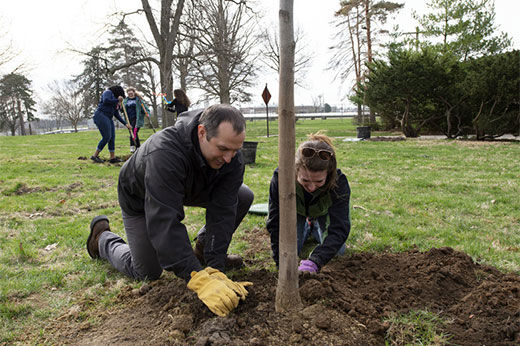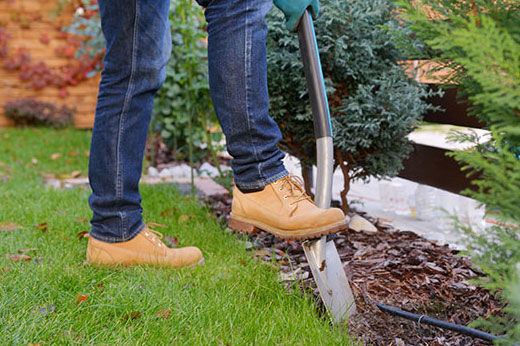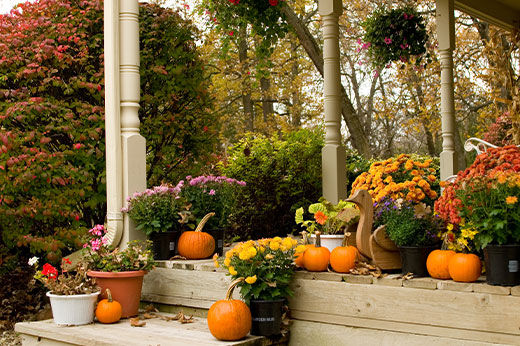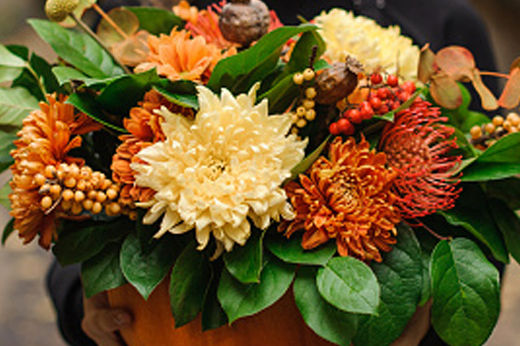While do-it-yourself projects can be fun and fulfilling, there is always a potential for personal injury or property damage. We strongly suggest that any project beyond your abilities be left to licensed professionals such as electricians, plumbers, and carpenters. Any action you take upon the information on this website is strictly at your own risk, and we assume no responsibility or liability for the contents of this article.
Must-have Lawn Care Tools
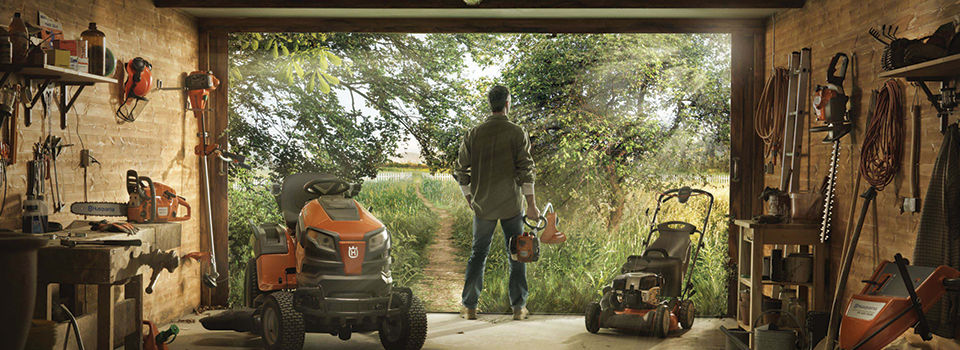
Taking care of a lawn can be a challenge whether you’re a homeowner or just a renter responsible for outdoor maintenance. Yet it only takes the right tools to keep a healthy lawn thriving or to help restore an ailing turf to beautiful green again. There’s no need to buy every lawn care tool on the market to get good results. These six tools will keep you on top of lawn care chores all summer long.
Lawn Mower
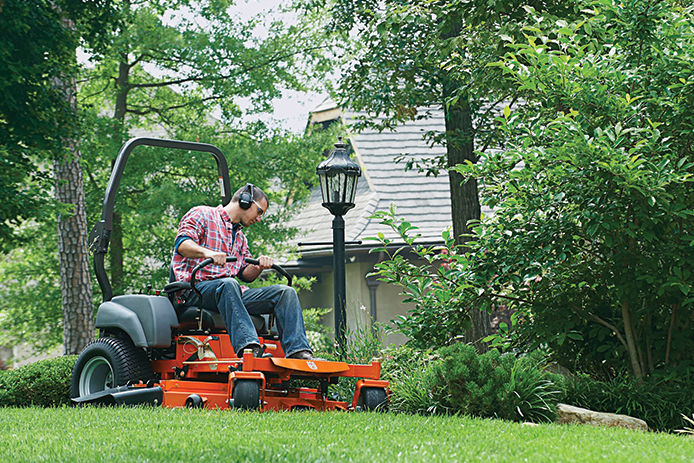
Keeping the lawn trimmed over the summer is one of the key steps to keeping it healthy all year round. Yet many mowers rip or yank at the grass blades rather than cleanly cutting them. This stresses the turf and increases the likelihood of disease. A push mower is likely enough for a small lawn, but anyone mowing a quarter acre or more will likely need a riding model instead. Electric lawn mowers are quick and exhaust-free, but gas models are more practical for large lawns. Make sure the deck is adjustable to ensure you’re never cutting the grass too short and weakening the health of the turf.
Rake or Leaf Blower
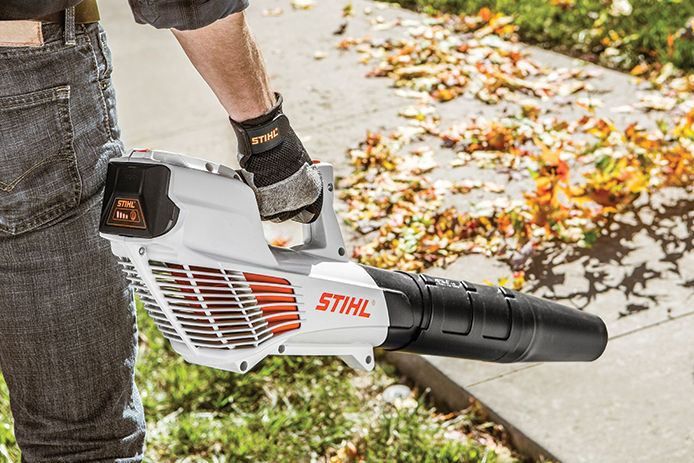
For small lawns and areas with relatively little leaf fall in the autumn, a spring-tooth rake is likely all you need to control leaves. This type of rake helps remove leaves and pine needles from the turf without damaging the blades of grass. Leaf blowers are usually only worth the extra cost and noise if the lawn is large and becomes heavily covered with leaves each fall. Your community or homeowner’s association may have prohibitions against using blowers because of the noise pollution they create. Check into what’s allowed for fall leaf control before investing in any expensive specialty equipment.
Grass Trimmer with Edging Attachment
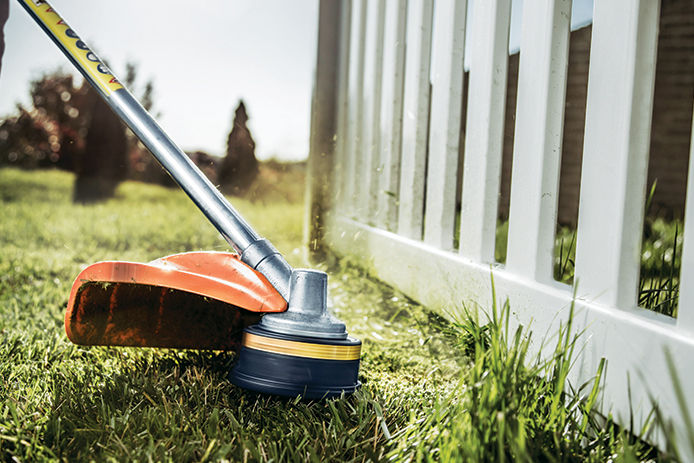
A weed trimmer or grass trimmer is the best tool for cleaning up along the edges and uneven areas where it’s hard to mow. Without a trimmer, yards tend to look a little messy no matter how often you mow. There’s no need for specialty powered edgers for cleaning up along paths and flower beds when these trimmers usually offer attachments to make it easy. Other grass trimmers may offer a vertical head option for trimming along an edge. Finally, the low-tech option is to use an inexpensive hand edger every few months to neaten up the edges.
Irrigation Equipment

Unless you’re in the most humid climate, your lawn will benefit from supplemental watering for at least a few weeks each summer. Watering through the peak of a drought or heat wave can be the difference between a dead or living lawn. Having the irrigation equipment on hand and ready to connect to your home’s plumbing is essential to prepare for these emergencies. Sprinklers are the most common choice, but they’re not the most effective option due to evaporation. Drip irrigation takes a little more work to set up, but it provides steady and efficient irrigation. Turf grasses need about 1 inch of water per week from all sources. Placing a cleaned-out tuna can where it won’t be run over by the lawn mower will help you track how much water the lawn receives naturally. If the can is also covered by the irrigation, you can track when it has delivered enough water for the week as well.
Dethatching and Aeration Tools

Thatched-filled lawns slowly dry out and become dead and brown. This is because the eventual accumulation and compaction of dead grass form a thatch layer that stops water, oxygen, and fertilizer from reaching the soil. Roots begin to die out and kill off the grass above as thatch builds up. Dethatching only occurs every few years in most climates, but it’s a major task that requires the right equipment. Look for walk-behind dethatching tools that also provide aeration to increase the oxygen and water that penetrates the soil.
Fertilizer Spreader and Seeder

Even the healthiest lawn needs a regular refresh with fertilizer and grass seed to stay lush and thriving. A combination spreader for both pelleted fertilizer and grass seed is the best tool for the job. You can rent one as needed, but they’re usually affordable enough that it’s better to buy one and keep it on hand for when it’s needed. A timely spring or fall fertilization can help the lawn recover from unexpected damage.
Expand your collection of lawn tools to make these routine chores as easy as possible. With the right lawn mower and a fertilizer spreader, keeping your lawn green and thick can become your favorite part of every week.
